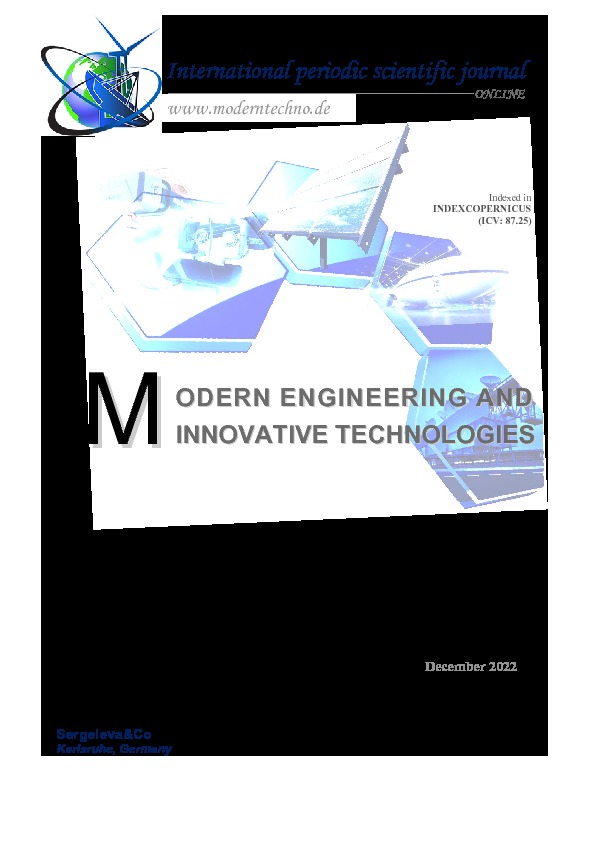id: 32574
Title: Microclimate parameters at different ways of keeping fattening young stock
Authors: Pikula O.A.
Keywords: microclimate, young cattle, housing, fattening, carbon dioxide, air environment, ammonia concentration, microbial contamination, heat balance.
Date of publication: 2023-02-28 21:59:33
Last changes: 2023-02-28 21:59:33
Year of publication: 2022
Summary: The microclimate in the livestock building plays a significant role in the maintenance of farm animals. The data on growing and fattening of young cattle are disclosed in detail, where among the factors that affect beef production are zoohygienic conditions, feeding level and genetic potential of animals. But at the same time, there is not enough information on optimizing the conditions of keeping over repair young Ukrainian black-and-white dairy cattle in the stall period on small farms. Especially needs to be studied the sanitary and hygienic condition of the microclimate in the premises at different systems of keeping young animals. Namely, constant monitoring of the level in the air environment of the premises for fattening young cattle in the stall period: temperature, relative humidity, concentration of carbon dioxide, ammonia and microbial contamination, heat balance and providing standard feeding conditions, which will significantly improve the efficiency of using overhauled young cattle. Thus, at the age of 14 months for fattening young bulls, it turned out to be promising to keep bulls in group cages without ties in terms of air temperature in the premises is 14.6 ° C. This temperature regime for keeping bulls at the age of 14 months is close to the level of optimal neutrality technology. In the stall period, when keeping bulls of the Ukrainian black-and-white dairy breed in group cages from 12 to 14 months of age, better conditions for air humidity are created than in tethered housing. Bulls in group cages were kept with a lower level of air carbon dioxide concentration than bulls on a tether. The difference is significant (P<0.05 - P<0.001) depending on the time of research, and the time of sampling and age of bulls. Studies on the concentration of ammonia in different days of specific age periods of bulls of the Ukrainian black-and-white dairy breed and the time of year showed that, regardless of the age of the bulls and the determination of the concentration of ammonia in the air of the premises, less of it accumulates where the bulls were kept untethered. The search for improvement of microbial contamination after 12 months of age of bulls, regardless of the way they are kept, requires new approaches. Comprehensive assessments of the appropriate number of factors affecting the air environment in bull housing at different ages may be necessary. This is especially important in small farms where optimization of housing conditions is essential. More heat is received from young stock at this age period (14 months) than at the total cost of 5058 kcal/h or the cost was less by 15 percent. At the same time, the situation changed when young animals were kept in group cages. Thus, more young animals released free thermal energy into the air and more of it was spent on heating the air. Therefore, the heat balance was negative with a difference of 2433 kcal/h or 94.6% to zero balance. But, such excess heat consumption over the supply is included in the established parameters of the norms of technological design of premises for cattle.
URI: http://81.30.162.23/repository/getfile.php/32574.pdf
Publication type: Статті у зарубіжних наукових фахових виданнях (Copernicus та інші)
Publication: Modern Engineering and Innovative Technologies. 2022. № 24 (1). P. 110-124. DOI: https://doi.org/10.30890/2567-5273.2022-24-01-005
In the collections :
Published by: Адміністратор
File : 32574.pdf Size : 1521213 byte Format : Adobe PDF Access : For all

| |
|
|